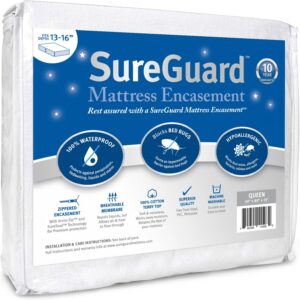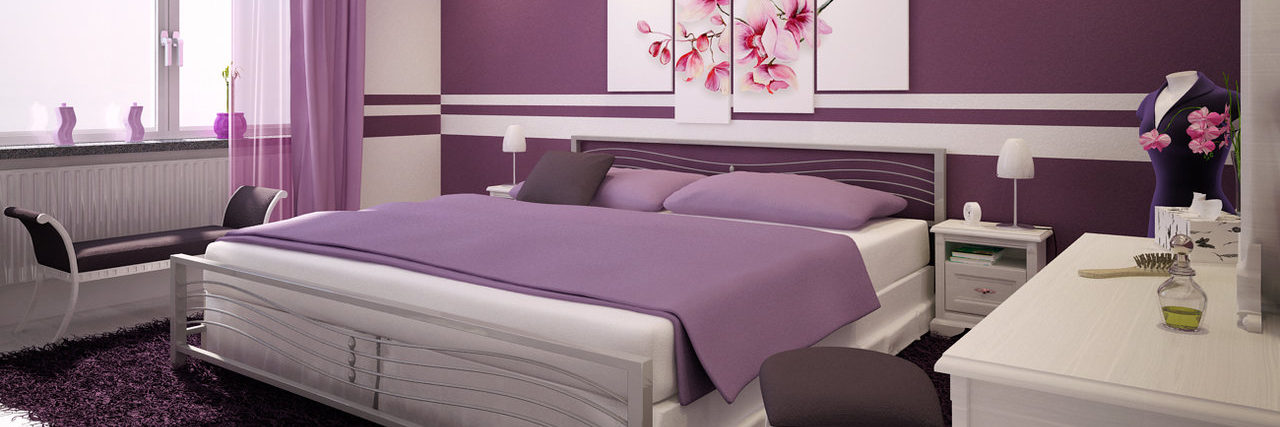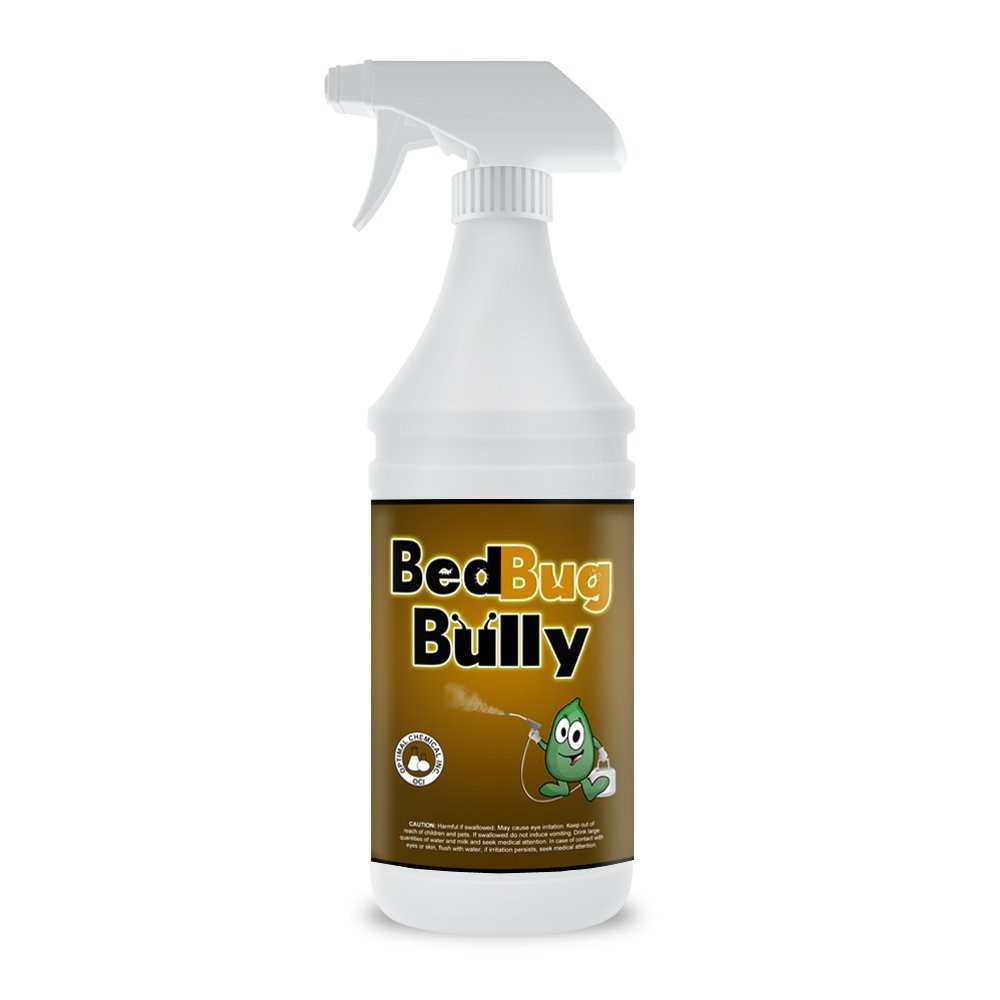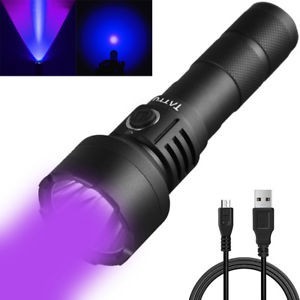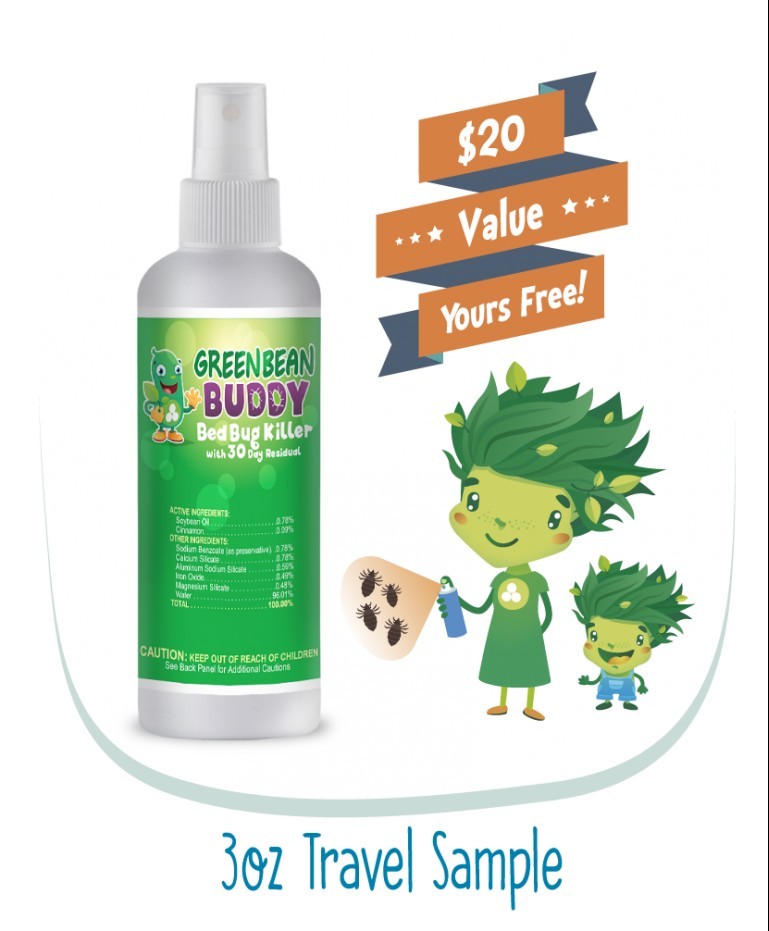“Mattress encasements can help reassure people traumatized by a bed bug infestation“
They can do this by simply hitching a ride in your bags if you stay in an infested hotel, transferring onto your clothes from a movie theater seat, or going to your home on visitors you invite to your home.
They can be found in every house, regardless of how clean it is.
To protect your mattress from an infestation or to curb a mattress infestation that may have occurred, you can purchase a bed bug mattress encasement to trap the bugs inside the encasement or discourage bugs from making a permanent home in your bed. While mattress covers can provide some protection, however, you need to do much more to guarantee a bed-bug-free environment.
What Is a Bed Bug?
The common parasitic bed bug, which belongs to the cimicid family, feeds on human blood mostly at night when people are asleep. Bed bugs are about the size of a pea and may be seen with the naked eye. On white surfaces, they have circular brown or red bodies that are easy to see. They prefer to dwell near their human food supply, and they prefer to sleep in beds. Infested homes often have between 85 and 90 percent of bed bugs on or within 15 feet of the bed.
Bed bugs do bite; they pierce through their hosts’ skin and suck on their blood. Bed bugs do not transmit disease, but their bites can cause blisters and irritation, especially in persons who have allergies. Bed bugs are notoriously difficult to eradicate. Getting rid of them once they’ve infected a home might be difficult.
What encasements can’t do:
Keep an infestation from spreading outside of the encasement. When a gravid female bed bug or a married couple can find a safe haven and a regular meal, an infestation arises. Bed bugs can be discovered on bed frames, headboards, nightstands, and even encasements, in addition to mattresses and foundations (which are now referred to as foundations rather than box springs). Only bed bugs trapped inside the mattress are affected by mattress encasing.
Remove an existing infestation from the outside of the encasement. Bed bugs can be contained inside encasements, where they will starve to death, but bed bugs outside the encasement will thrive. To terminate an infestation, other control actions must be combined with the encasement. A small colony on a mattress with no scattered individuals may theoretically be restricted in the encasement and the infestation efficiently eliminated, however, you still have the problem with the bed bugs outside of the encasements.
The Benefits of Mattress Covers
Mattress encasements give you a sense of security. Bed bugs inside the encasement cannot feed on individuals outside the encasement, hence encasements are useful. When the mattress and foundations have hosted bed bugs, this can add a degree of assurance as part of a bigger control effort. This is especially true if there will be no residual insecticide applied to the mattress. Knowing that the mattress is safe to sleep on typically provides the buyer peace of mind.
Most people are familiar with mattress covers. They are usually designed like a bottom sheet and provide protection for the top of a mattress. Ordinary mattress covers do little or nothing to stop bed bugs. Mattress encasements, however, can help minimize an infestation.
A mattress encasement is a tightly woven fabric case that surrounds your mattress and box spring. Once it is installed, bed bugs already in the mattress cannot escape or breed, and will eventually die inside the encasement. Any bed bugs left outside the encasement will be easy to spot and remove. They will find no creases or hiding places where they can breed.
Mattress encasements not only repel and stifle bed bugs but can also provide a variety of other benefits. For example:
- A good mattress encasement can protect you against dust mites and other pests as well as bed bugs.
- Most mattress encasements are waterproof, meaning that they will protect your mattress and box spring from spills and leaks.
- Mattress encasements can eliminate the risk of infestation if used with a new mattress and box spring.
With mattress encasements, the inspection efforts should be made easier. Inspecting an enclosed mattress for fresh activity is also considerably easy. Bed bugs are compelled to stay where they can be seen since there is no piping around the edges, no buttons, and no tags. On the clean fabric surface, droppings can be easily spotted. Even when the population has become well established, there can be signs of ongoing activity.
If you want to be extra cautious, investing in pillow coverings is also a smart option. Pillow covers are designed to achieve the same thing as a mattress or box-spring encasements. They take away hiding places on the pillow and allow you to visually search for bugs on your own. The pillow coverings keep bedbugs, dust mites, and allergies at bay. Be sure to use bright white linens on your bed because darker hues make it tougher to visually investigate your surroundings for evidence on your own. Because bedbugs breed so quickly, being proactive is crucial.

Buying Mattress Encasements
You can get bed bug mattress encasements for as little as $20, but the more expensive options are more likely to be dependable, strong, and bug-proof. A pesticide-treated encasement is available for purchase, but the potential health risks exceed the minor gain in bug protection.
Mattress encasements are available from a variety of pest control supply providers online. If you’re going to buy a bed bug mattress protector, make sure it’s one that’s made specifically for bed bugs. You might think about extra features like bugproof zippers, alternative materials, and chemically treated covers before making your purchase. Check the reviews to ensure you’re getting a dependable and well-made product. Another factor to consider is noise, as some encasements are composed of crinkly cloth that crinkles as you move about in bed. This could make it difficult for you to sleep.
Even after you install your encasement, remember that adult bed bugs can live for well over a year without a blood meal. Leave the encasement on for at least that long or for the life of your mattress to be sure all resident bed bugs are dead and there are no new infestations of your mattress occur. Meanwhile, if your home is infested, you need to start treatment immediately to stop the infestation from getting bigger and to completely eradicate the bed bugs.
Although bed bug infestations cannot always be avoided, risk management methods can help to lower the risk of infestations and bites. Mattress coverings for bed bugs help by sealing an affected mattress. The bed bugs may not be able to escape after the container is sealed. They will eventually perish if they are not fed. When used on a non-infested mattress, a bed bug mattress cover can help prevent bed bugs from entering the mattress in the first place.
